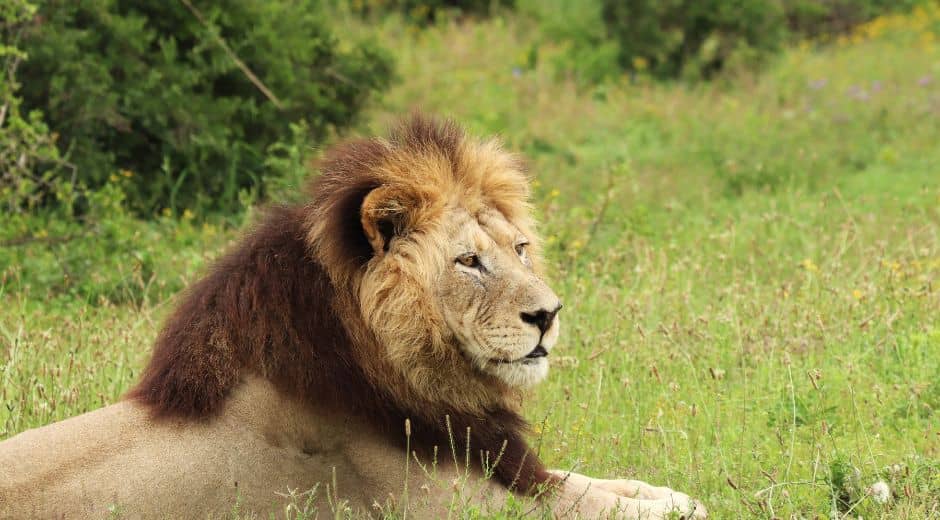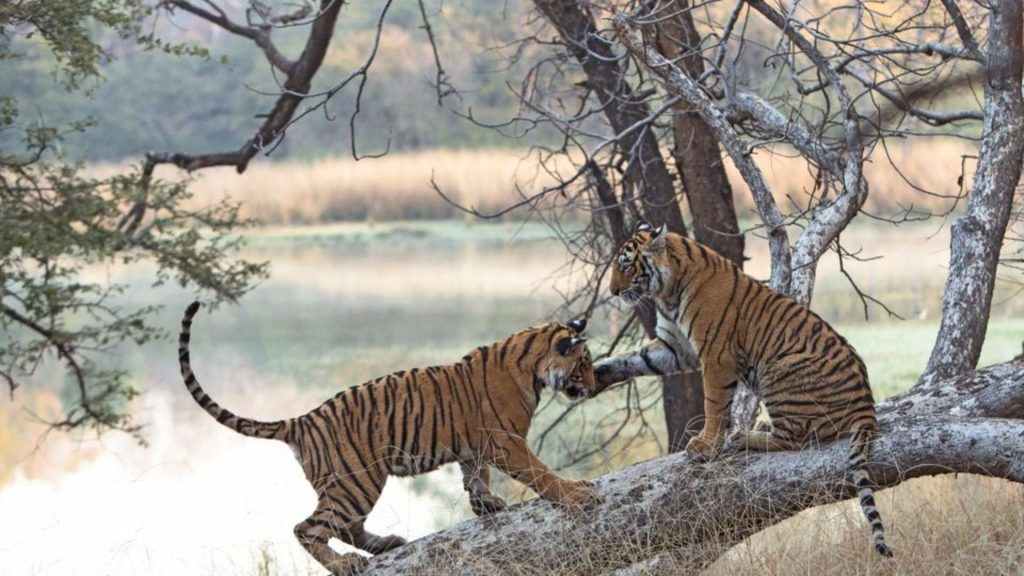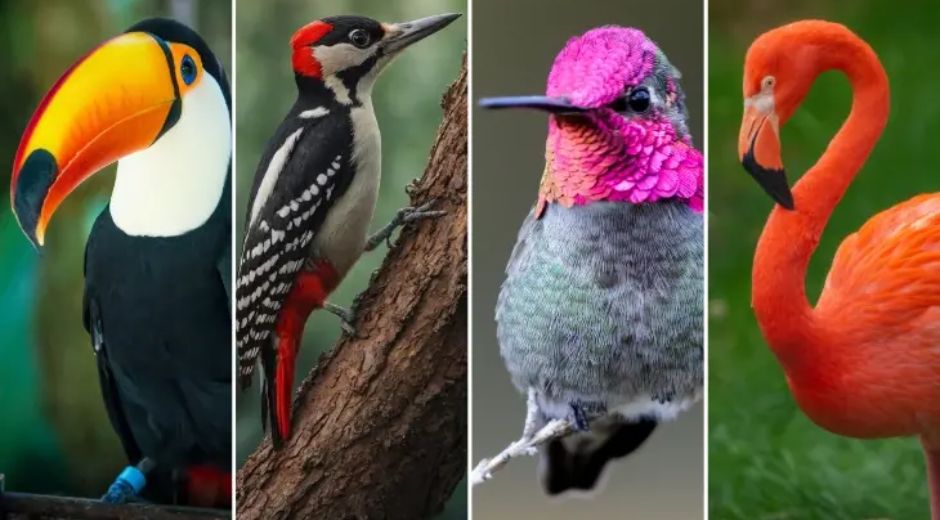Rainforest Amphibians: Small Creatures, Big Impact
Rainforest Amphibians: Small Creatures, Big Impact
Rainforests are some of the most biodiverse ecosystems on Earth, and among their many inhabitants, rainforest amphibians play a crucial yet often overlooked role. From tiny frogs to elusive salamanders, these small creatures significantly impact the ecological balance of their habitats. Understanding the importance of rainforest amphibians is essential not only for scientists but also for anyone interested in wildlife conservation and ecosystem health.
The Importance of Rainforest Amphibians
Rainforest amphibians contribute to the ecosystem in several ways. Firstly, they serve as both predator and prey, forming a vital link in the food web. Frogs, for instance, consume vast numbers of insects, helping to control pest populations. Salamanders, meanwhile, feed on smaller invertebrates and help maintain soil health by aerating it as they move. The presence of rainforest amphibians often indicates a healthy ecosystem because they are highly sensitive to environmental changes.
Moreover, amphibians are excellent bioindicators. Their permeable skin absorbs chemicals from the environment, making them vulnerable to pollution and habitat degradation. Researchers frequently study rainforest amphibians to monitor ecosystem health, providing early warnings of environmental stress that could affect countless other species. Websites like EcoGlobalo provide in-depth studies and updates on amphibian populations worldwide, highlighting their critical conservation status.
Threats to Rainforest Amphibians
Despite their importance, rainforest amphibians face numerous threats. Habitat destruction due to deforestation is one of the most significant challenges. Rainforests are cleared for agriculture, logging, and urban development, which directly removes the habitats of these sensitive creatures. Without dense canopy cover and humid microhabitats, rainforest amphibians struggle to survive.
Pollution is another major threat. Pesticides, industrial runoff, and other chemicals contaminate water bodies where amphibians breed. Because their skin is highly permeable, even small amounts of toxins can lead to deformities or death. According to BioNatureVista, water pollution has led to alarming declines in amphibian populations in tropical regions, emphasizing the urgency of conservation efforts.
Climate change also poses a significant risk. Changes in temperature and rainfall patterns can alter breeding cycles, food availability, and overall habitat suitability. Studies show that rainforest amphibians are particularly sensitive to shifts in humidity, which affects their skin respiration and reproduction. This sensitivity makes them vulnerable to even minor environmental changes, highlighting their role as early warning systems for broader ecological disruptions.
Ecological Contributions of Rainforest Amphibians
The ecological contributions of rainforest amphibians extend far beyond their role in food webs. Frogs and salamanders contribute to nutrient cycling by breaking down organic matter and facilitating decomposition. Their excrement adds essential nutrients to the soil, promoting plant growth and maintaining forest health. In addition, some species are involved in seed dispersal, indirectly supporting plant diversity and forest regeneration.
Furthermore, amphibians help regulate insect populations. Insects can carry diseases that affect both humans and wildlife, so rainforest amphibians indirectly support human health as well. By controlling pests naturally, they reduce the need for chemical pesticides, benefiting the environment and nearby communities.
Conservation Efforts and Strategies
Given the critical role of rainforest amphibians, conservation strategies are essential. Protecting habitats is the first and most important step. Establishing protected areas, such as national parks and reserves, ensures that amphibians have safe breeding and feeding grounds. Organizations focused on wildlife conservation often collaborate with local communities to enforce these protections and promote sustainable land use.
Captive breeding programs are another effective strategy. By breeding endangered amphibians in controlled environments, scientists can reintroduce them into restored habitats. Such programs require careful monitoring to ensure genetic diversity and disease prevention. Studies and updates on successful captive breeding initiatives are often shared on platforms like EcoGlobalo and BioNatureVista.
Public awareness is equally crucial. Educating people about the importance of rainforest amphibians can foster community involvement in conservation efforts. Websites like Zoopora provide accessible resources for the public, highlighting local and global conservation projects, as well as tips for sustainable interaction with wildlife.
The Role of Research and Technology
Research plays a pivotal role in understanding and conserving rainforest amphibians. Scientists employ modern technologies such as environmental DNA (eDNA) sampling, acoustic monitoring, and satellite imaging to study populations without disturbing fragile habitats. These tools provide accurate data on species distribution, population trends, and the impact of environmental changes.
Citizen science also contributes significantly. By reporting sightings and participating in monitoring programs, individuals can help track rainforest amphibians and alert conservationists to emerging threats. Collaborative efforts between researchers, conservation organizations, and local communities are essential for long-term preservation.
Why Protecting Rainforest Amphibians Matters
Protecting rainforest amphibians is not just about saving small, obscure creatures. Their survival is intricately tied to the overall health of the rainforest ecosystem. Losing these species could trigger cascading effects, disrupting food webs, reducing biodiversity, and impacting the livelihoods of communities dependent on healthy forests.
Moreover, amphibians hold potential for scientific and medical discoveries. Certain frog species produce skin secretions with antimicrobial and medicinal properties. Protecting these species ensures that future generations can explore these natural resources sustainably, potentially leading to breakthroughs in medicine.
How Individuals Can Make a Difference
Everyone can play a part in conserving rainforest amphibians. Supporting organizations that protect habitats and fund research is a good start. Reducing the use of harmful chemicals, avoiding products linked to deforestation, and advocating for sustainable policies can also have a meaningful impact. Additionally, staying informed through trusted platforms like Zoopora, EcoGlobalo, and BioNatureVista empowers individuals to make environmentally responsible choices.
Small actions, when multiplied across communities, can significantly improve the prospects for rainforest amphibians and the ecosystems they inhabit. Whether it’s participating in local conservation projects or spreading awareness, every effort counts in safeguarding these critical species.
Conclusion
Rainforest amphibians may be small, but their ecological impact is enormous. From maintaining food webs and nutrient cycles to serving as indicators of environmental health, these creatures are essential to the vitality of tropical rainforests. Protecting them requires a combination of habitat preservation, research, public awareness, and global collaboration.
By understanding the threats faced by rainforest amphibians and supporting conservation efforts through platforms like Zoopora, EcoGlobalo, and BioNatureVista, we can ensure that these fascinating creatures continue to thrive. After all, conserving rainforest amphibians is not just about saving amphibians—it’s about protecting the future of the rainforest itself.
Wildlife Behavior Curiosity

Training and Trust: Building a Stronger Bond with Your Pet
Discover why biodiversity is vital for ecosystems, climate balance, and human survival, and how conservation protects life’s intricate web.

Biodiversity: The Foundation of Earth’s Living Systems
Discover why biodiversity is vital for ecosystems, climate balance, and human survival, and how conservation protects life’s intricate web.

Adaptation: How Animals Evolve to Survive Changing Worlds
Explore how adaptation helps animals survive climate shifts, predators, and new environments, revealing nature’s incredible resilience.












